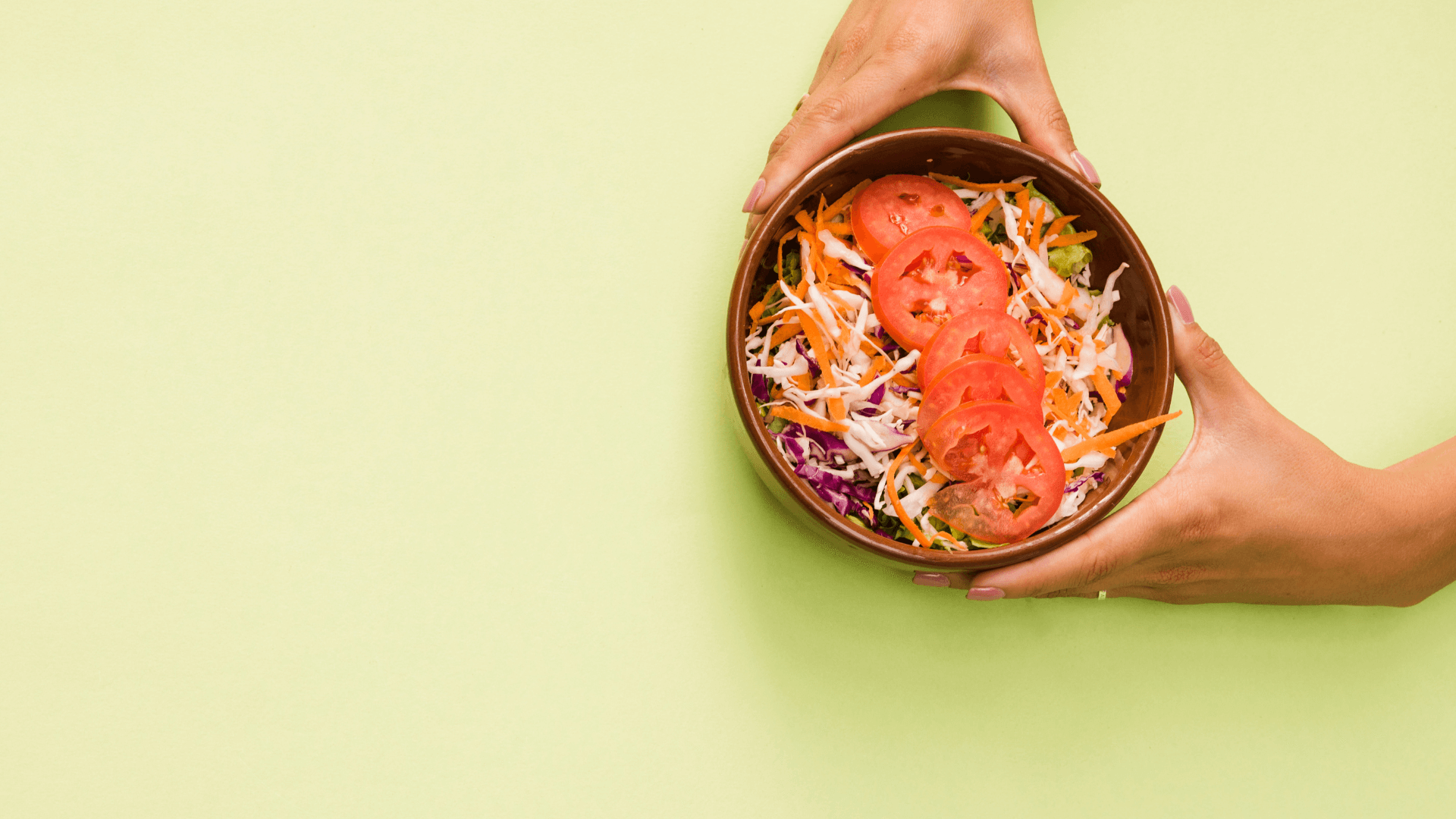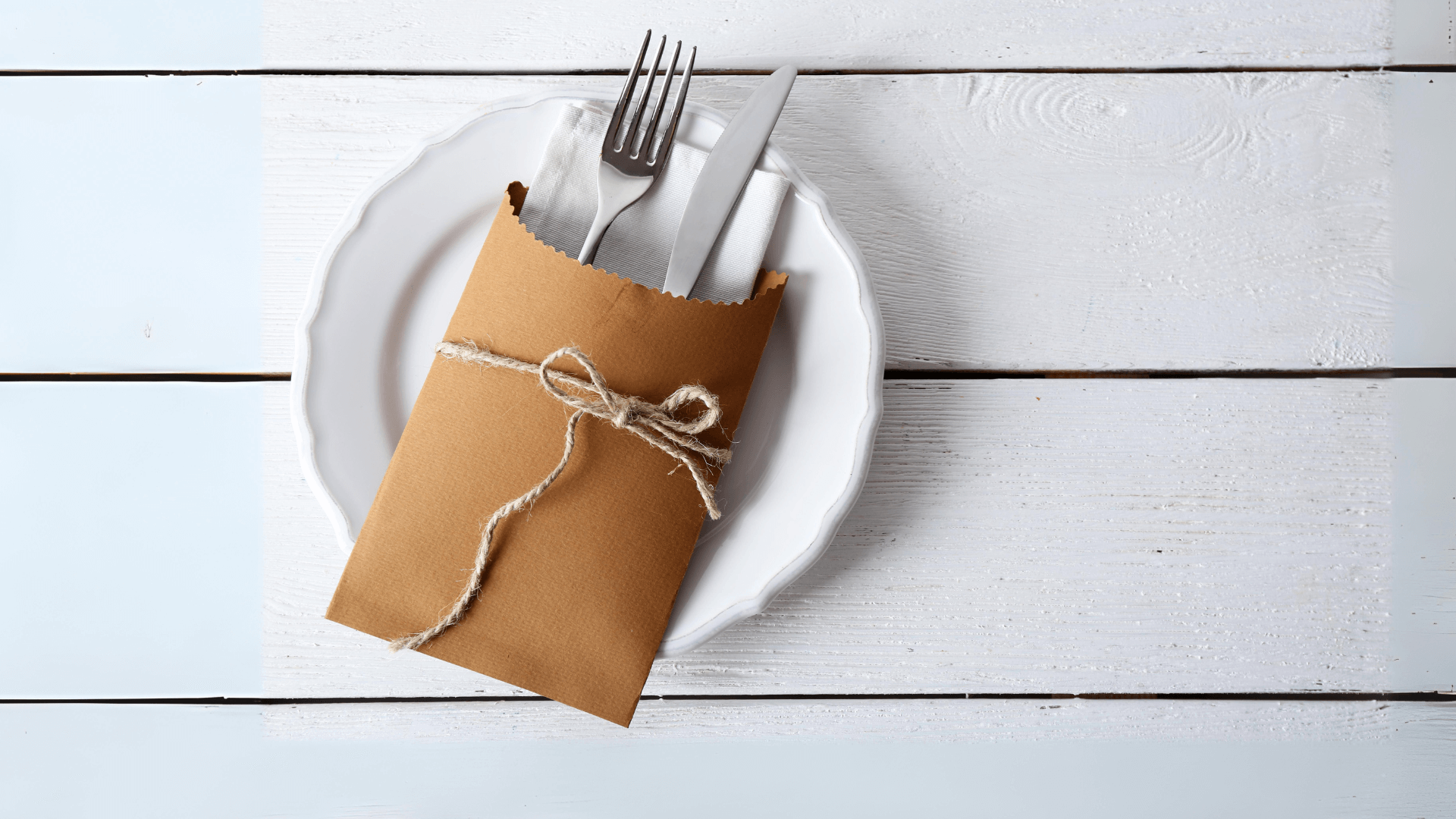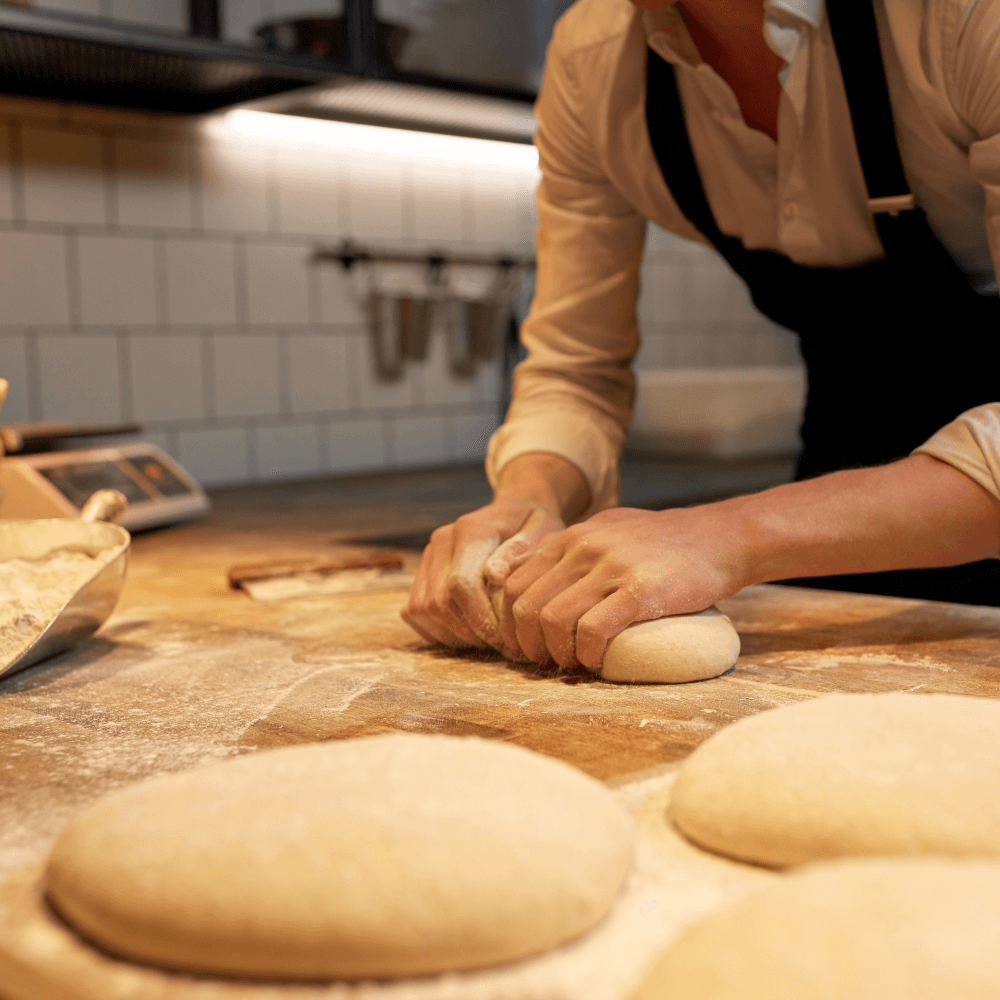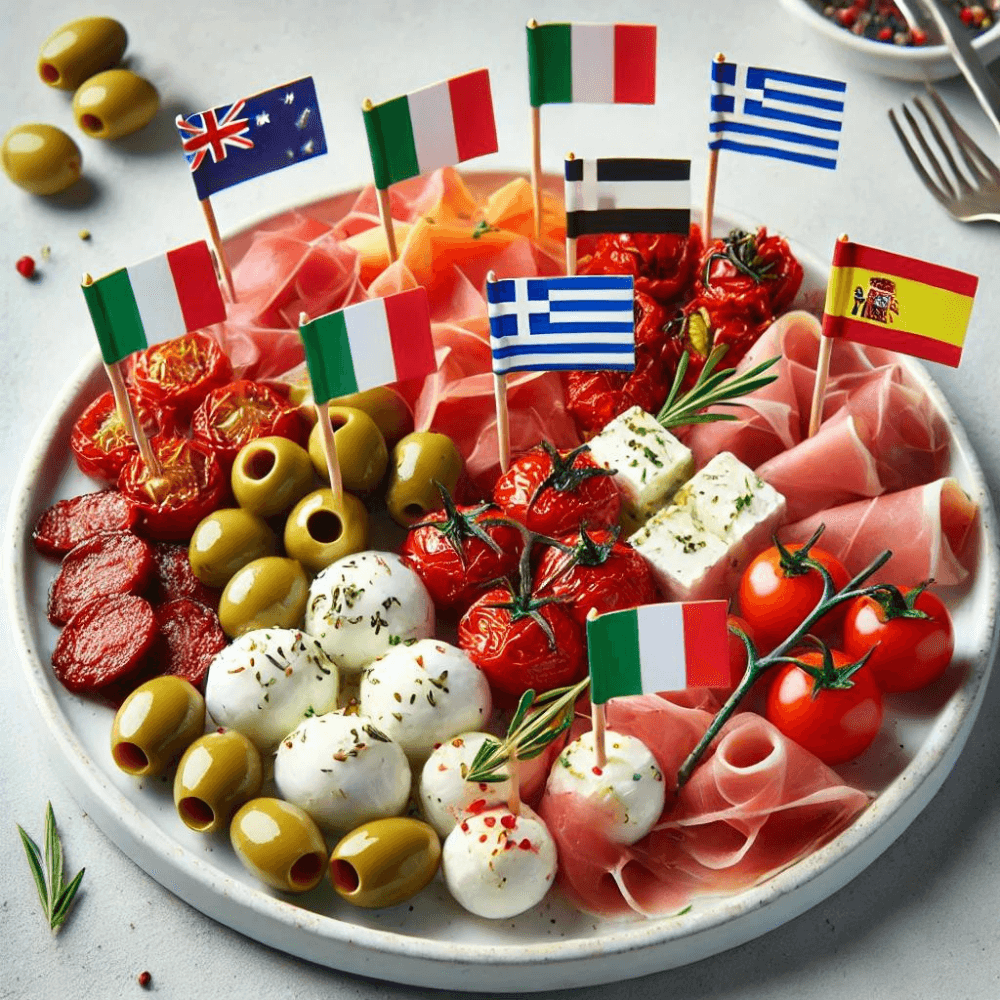Inhaltsverzeichnis
- Make the idea concrete – What makes your restaurant special?
- Choosing a location – location, location, location!
- Create a business plan
- Secure financing
- Permits and administrative procedures
- Designing the location and furnishings
- Hire staff and build a team
- Find suppliers and partners
- Marketing and public relations
- Opening and ongoing operations
Opening your own restaurant is a lifelong dream for many. It should be well planned! Between the initial idea and the first dish served, there are numerous decisions, permits, investments, and, above all, a lot of passion.
To ensure that you, as a newbie, don't lose track, we'll show you step by step the important steps to successfully opening your own restaurant - from the initial vision to the grand opening.
Make the idea concrete – What makes your restaurant special?
Before you even consider investing, you need a clear concept. What is your unique selling point in the restaurant business?
- What cuisine do you want to offer? (e.g., Italian, vegan, street food, fine dining)
- Who are you cooking for?
- Should it be a classic restaurant, a bistro, a café or something completely different?
Tip: Also consider current trends like regional ingredients, sustainable packaging, or climate-friendly cuisine—all of which can strengthen your concept. 💡
Choosing a location – location, location, location!
The right location is crucial to your success. You need walk-in customers, good accessibility, and as little direct competition as possible. Here's what you should pay attention to:
- Location: City center, trendy district, commercial area or residential area?
- Local target group: Does your offer suit the people in the area?
- Rental costs & contract terms: Calculate realistically and long-term
- Visibility, accessibility and parking
Create a business plan
A business plan is mandatory—not just for banks or investors, but also for yourself. It helps you structure your ideas and calculate their economic viability. A good business plan includes:
- Concept description
- Market and competitor analysis
- Financing needs and investments
- Sales and cost planning (e.g. cost of goods, rent, personnel)
- Marketing strategy
- Profitability forecast
Tip: Many Chambers of Industry and Commerce (IHKs) and business incubators offer free support in creating your business plan. 💡
Secure financing
Depending on the size of your restaurant, you may quickly need €50,000 to €250,000 or more in start-up capital. It's important that you can finance not only the opening but also the first few months of operation. Possible financing sources:
- Equity capital
- Bank loans
- Funding programs
- Investors or silent partners
Tip: Plan for a small financial cushion. Unforeseen expenses are part of any startup. 💡
Permits and administrative procedures
You can't just open a restaurant. You need various permits and must comply with regulations early on. The most important ones include:
- Business registration
- Health department and hygiene regulations
- Building authority (for conversions or changes of use)
- Restaurant license (if alcohol is served)
- Registration with the professional association
- Music license (GEMA)
Designing the location and furnishings
Now it's getting concrete! Kitchen, dining room, furniture, lighting, bathroom facilities – the furnishings should fit the concept and be inviting. Important aspects:
- Ergonomic and efficient kitchen equipment
- Hygienic and easy-care surfaces
- Good lighting and ventilation
- Don't forget accessibility

Hire staff and build a team
A good restaurant stands or falls with its team. Kitchen, service, cleaning – everyone must be reliable, motivated, and well-trained. To clarify:
- How many employees do you need?
- What wages and working hours can you offer?
- Who takes care of personnel planning and management?
Tip: Be realistic—it's better to start with a small, well-coordinated team than with too many temporary workers without any structure. 💡
Find suppliers and partners
The hospitality industry thrives on quality – and that starts with the ingredients. Find reliable suppliers for food, beverages, packaging, cleaning supplies, and technology. Important:
- Fresh, regional and seasonal products are well received by guests
- Reliable delivery times and fair prices
- Emergency plans for shortages (alternative products)
Tip: Pay attention to sustainability—e.g., organic certifications or reusable packaging systems. 💡
Marketing and public relations
No matter how good your restaurant is, if no one knows about it, it will remain empty. Plan early on how you'll draw attention to yourself. Important steps:
- Professional website with menu, pictures and reservation options
- Presence on social media
- Opening events, flyers, press work
- Cooperation with local companies
Tip: Here you can find more ways to increase the visibility of your restaurant.
Opening and ongoing operations
Done! Now it's time for the grand opening. Whether it's a quiet soft opening or a grand celebration, use the initial feedback to optimize processes. Important for ongoing operations:
- Daily control of quality & cleanliness
- Friendly, professional service
- Economical work (use of goods, use of personnel)
- Ongoing optimization of services and processes
Always stay flexible! What you plan might not work out in practice. Good restaurateurs respond quickly to feedback and new requirements. Always remain open to new ideas and never lose the joy of good food and hospitality. Good luck on your journey to owning your own restaurant!













Leave a comment
This site is protected by hCaptcha and the hCaptcha Privacy Policy and Terms of Service apply.